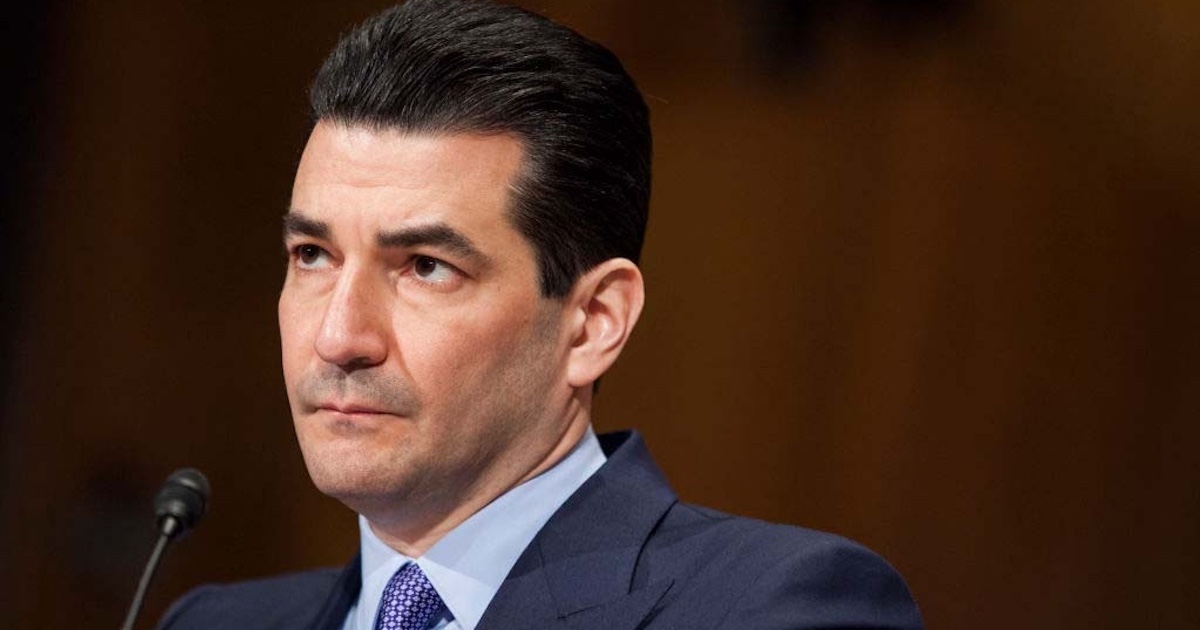When it comes to technology in healthcare you can't say, "Do as I say, not as I do." Those are the words of Renee McLeod, pediatric nurse practitioner, founder and dean of the Brandman University School of Nursing and Health Professionals.
Mobile technology has been steadily finding its place in the healthcare sector. More and more physician practices and hospitals are beginning to better serve patients by using iPhone and BlackBerry applications to reference online medical material or access an electronic health records at the point of care. Teaching clinical staff and students to use this technology, said McLeod, wasn't the easiest road however.
"Learning how nurses use this technology at the point of care was very valuable," said McLeod. "It's not like how you can hand a book over and say 'apply this to your patient.' Physicians, especially, didn't want to take the time to learn how to use."
The first place Mcleod began teaching the ins and outs of mobile technology was at the University of California at San Diego.
"We used to carry packets of information, and then started using PDAs," said Mcleod. "We started first writing our own programs and we took the information off the cards in our pocket and put them on the device. I started requiring PDAs at UCSD and the first students to adopt were resistant to it."
After teaching the first group of students to use the PDA and programs, Mcleod said the students' reactions were positive. "At the end of the course, they all loved it. The first references were available to PDAs and students found this to be very useful."
Walking is a big part of a nurse's day, said Mcleod. On average, a staff nurse walks around three miles a day, so being able to access things online while on rounds was a big help to efficiency and workflow.
"When I was doing my rounds, it was nice to get a list of patients for the day," said McLeod. "Connecting to the EMR via iPhone allowed me to get the patient list on my mobile device plus location and history. I may have a patient with asthma and look up standard procedures. Some other nurses may not have mobile apps and come to me multiple times during the day. Most of this is accessing information and the mobile and allows me to have questions and answer them through my mobile device."
In 2010, mobile technology is getting to be commonplace among provider facilities, and is actually being issued as a standard tool. Coupled with new programs, nurses and physicians are expected to be better equipped and more prepared.
"I access stuff all the time," said McLeod. " And a lot of providers are giving mobile devices to registered nurses and having patients call them for help. Some Hospitals are beginning to use predictive algorithms to better monitor patients."
But just having this technology isn't enough, according to McLeod. Health professionals need to have a solid grasp on how to use this technology effectively to have a real impact on improving health.
"Healthcare clinicians need to understand what is happening in technology and how it affects providing care," McLeod said. "It's about accessing information and using critical thinking to apply it depending on your role. You can no longer define yourself by your title or education, but by what you do with information to help the patient."


